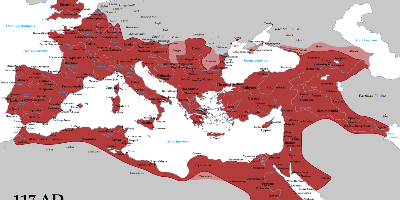1 janv. 146 av. J.-C. - Third Punic War Ends
Description:
Many Carthaginians died from starvation during the later part of the siege, while many others died in the final six days of fighting. When the war ended, the remaining 50,000 Carthaginians, a small part of the original pre-war population, were sold into slavery by the victors. Carthage was systematically burned for 17 days; the city's walls and buildings were utterly destroyed. The remaining Carthaginian territories were annexed by Rome and reconstituted to become the Roman province of Africa.The notion that Roman forces then sowed the city with salt to ensure that nothing would grow there again is almost certainly a 19th-century invention. Contemporary accounts show that the land surrounding Carthage was declared ager publicus and that it was shared between local farmers, and Roman and Italian ones. North Africa soon became a vital source of grain for the Romans. Roman Carthage was the main hub transporting these supplies to the capital.
Numerous significant Punic cities, such as those in Mauretania, were taken over and rebuilt by the Romans. Examples of these rebuilt cities are Volubilis, Chellah and Arambys. Volubilis, for example, was an important Roman town situated near the westernmost border of Roman conquests. It was built on the site of the previous Punic settlement, but that settlement overlies an earlier neolithic habitation. Utica, the Punic city which changed loyalties at the beginning of the siege, became the capital of the Roman province of Africa.
A century later, the site of Carthage was rebuilt as a Roman city by Julius Caesar, and would later become one of the main cities of Roman Africa by the time of the Empire.
Ajouté au bande de temps:
Date:
1 janv. 146 av. J.-C.
Maintenaint
~ Il y a 2173 ans
